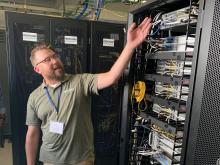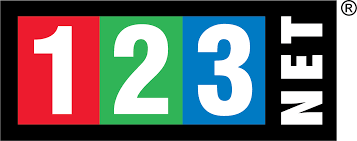BEAD’s Match Exemption for High-Cost Areas May Be Challenging for Tribal ISPs
After decades of failed broadband policy-making and incumbent provider neglect, many Tribal communities continue to lack affordable and reliable Internet connectivity. Limited access to capital for last-mile deployment on Tribal lands has been exacerbated by a vast “missing middle mile” problem, and credible estimates put the costs of universal access on reservations at well over $10 billion.
Despite a historic investment in better Internet access from the federal government directly to Tribes, the problem is not even half solved. The first round of the Tribal Broadband Connectivity Program offered $2 billion in grants but received nearly $6 billion in requests from half of the 574 federally-recognized Tribes. With only $1 billion available in the final round of this program, an enormous funding gap remains.
Funding from the Broadband Equity, Access, and Deployment Program (BEAD) will have to be used strategically and collaboratively with Tribes to bridge this gap. The “high-cost area” match exemption could be an important tool to facilitate sustainable infrastructure deployment on Tribal lands, but it is not yet clear that states will make this exemption feasible.




